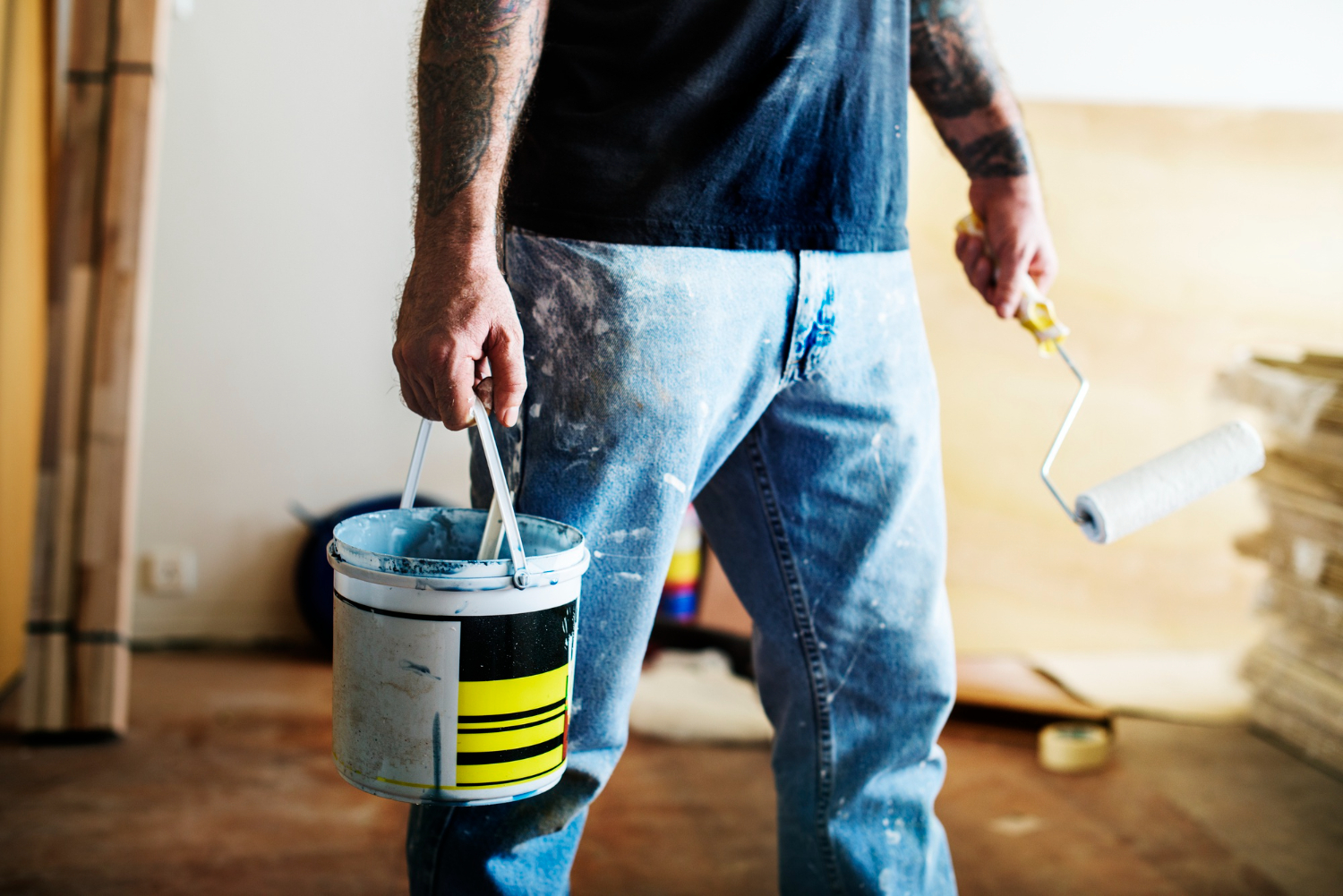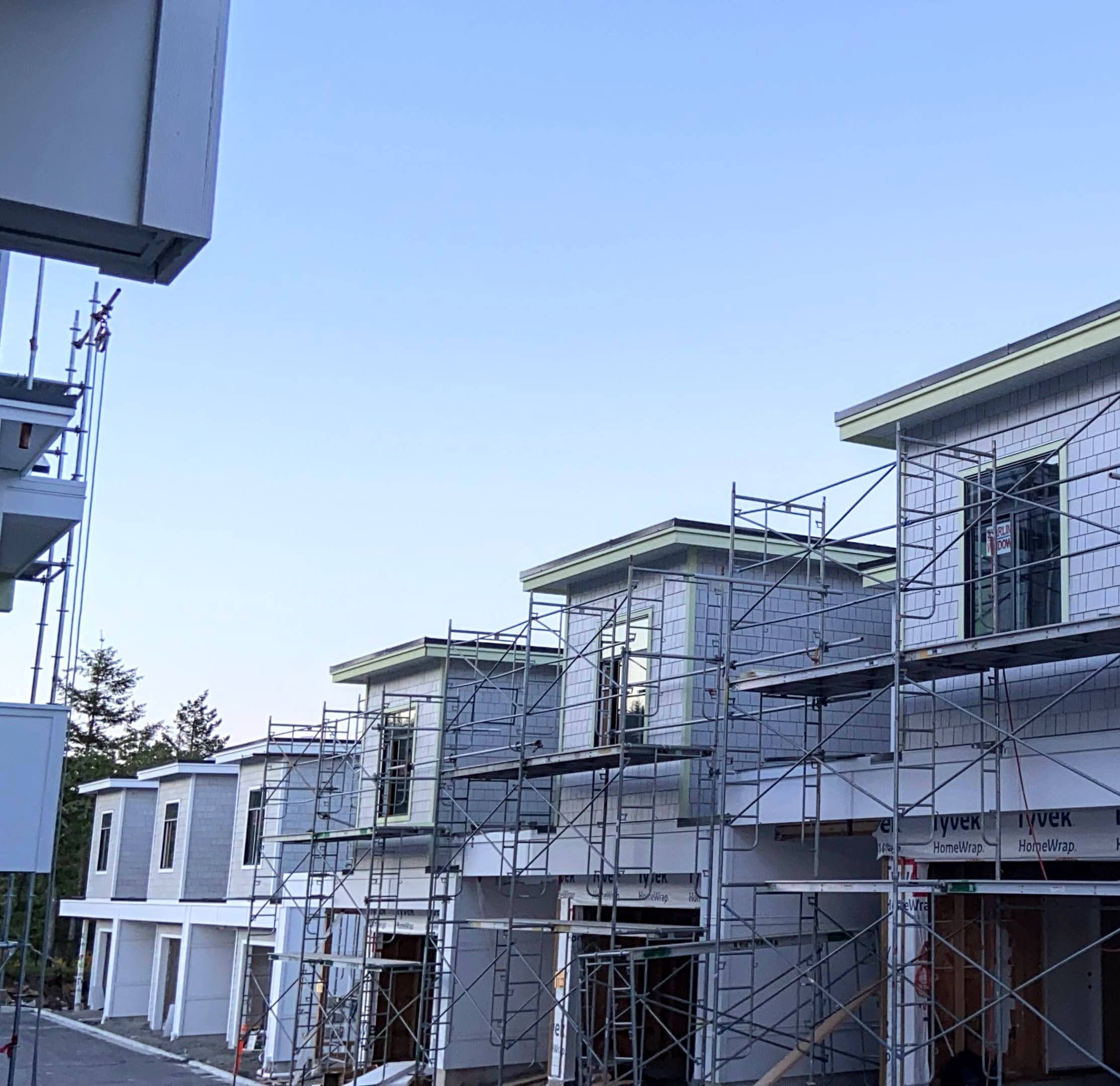Achieving a long-lasting paint job requires more than just a good quality paint and brush. Proper preparation is crucial to ensure that your paint adheres well, looks smooth, and withstands the test of time. Skipping or rushing through the prep work can lead to premature peeling, cracking, and a subpar finish, which will cost more in the long run, both in time and resources.
The first step in any successful painting project is to accurately assess the condition of the surfaces you’ll be painting. This involves identifying any existing issues such as cracks, holes, or stains that may need attention. Cleaning and repairing these imperfections will create a solid foundation for your paint. It’s important to remove dirt, grease, and old paint to achieve a smooth surface that the new paint can adhere to properly.
Once the surfaces are cleaned and repaired, applying the right primers and sealers is essential. Primers help create a uniform base that enhances paint adhesion and durability. Using the correct primer for the type of surface and paint ensures the final coat looks professional and lasts longer. Finally, employing the right tools and techniques will make the painting process efficient and effective. The combination of high-quality brushes, rollers, and possibly sprayers, along with proper technique, will contribute to a smooth and even finish.
By focusing on these effective prep methods, you’ll set the stage for a durable and aesthetically pleasing paint job. Investing time in preparation will pay off with results that stand strong and look great for years to come.
Assessing the Surface Condition
Before you start painting, assessing the surface condition is a crucial step. This involves inspecting the walls or other surfaces for any damage, such as cracks, holes, or flaking paint. Look closely for signs of moisture damage, mould, or mildew, as these issues need to be addressed before painting. Use a flashlight to scrutinize these areas because some imperfections may not be clearly visible under normal lighting.
Determining the type of surface you’re working with is equally important. Different materials like drywall, wood, and plaster have varying requirements for preparation. An accurate assessment allows you to choose the proper preparation techniques and materials, enhancing the durability of your paint job. If notable structural issues are present, they should be fixed by a professional to ensure the surface is stable and ready for painting.
Cleaning and Repairing Surfaces
Cleaning the surface is a fundamental step to ensure paint adheres well. Begin by removing any dust, dirt, grease, or other contaminants. Use a mild detergent solution and a sponge to clean the surface thoroughly. For areas with tough stains or built-up grime, a stronger cleaner or a commercial degreaser may be required. Rinse the surfaces with clean water and allow them to dry completely before proceeding to the next step.
After cleaning, it’s time to repair any damage found during the assessment phase. Fill any holes or cracks with a high-quality filler suitable for the surface type. For larger repairs, such as patching drywall, make sure to use the appropriate materials and follow the recommended procedures for a smooth finish. Sand the repaired areas lightly to ensure they are flush with the surrounding surface. Removing old, flaking paint with a scraper or sanding block creates a smooth, even base for the new paint to adhere to, resulting in a more professional and long-lasting finish.
Using the Right Primers and Sealers
Applying the right primer is crucial for achieving a long-lasting paint job. Primers help improve paint adhesion, provide a uniform surface, and enhance the colour and finish of the topcoat. There are different types of primers available, each suited for specific surfaces and conditions. For instance, an oil-based primer is ideal for sealing stains and covering porous surfaces, while a latex primer is perfect for drywall and other common residential surfaces.
Choose a primer that matches the underlying material and the type of paint you plan to use. Applying primer with a high-quality brush or roller ensures even coverage and a smooth foundation for the paint. Don’t skip priming; it significantly increases the longevity and durability of the paint job. Additionally, consider using sealers on surfaces prone to moisture and stains. Sealers create a protective barrier, preventing water and stains from penetrating the paint, thus extending the lifespan of your paint job.
Tools and Techniques for a Smooth Finish
Using the right tools and techniques is essential for a professional-looking paint job. Invest in high-quality brushes and rollers that are appropriate for the type of paint and surface. A good brush holds more paint, applies it more smoothly, and reduces the likelihood of streaks. Rollers speed up the process for larger areas and help achieve a consistent finish.
Employ the correct painting techniques to avoid common mistakes like streaks, drips, and uneven coverage. Start by cutting in around edges and corners with a brush before using a roller for the broader areas. Apply paint in long, steady strokes and maintain a wet edge to prevent lap marks. Multiple thin coats are better than one thick coat, as they allow for better drying and a more durable finish.
Don’t forget to protect areas that shouldn’t be painted by using painter’s tape and drop cloths. This ensures clean lines and reduces the risk of accidents or spills. By using the right tools and techniques, you can achieve a smooth, professional finish that enhances the appearance and longevity of your paint job.
Conclusion
Proper preparation sets the foundation for a long-lasting and visually appealing paint job. From assessing the surface condition and thoroughly cleaning and repairing it, to applying the right primers and using quality tools, each step contributes to the overall success of the project. Skipping or rushing through prep work can lead to unsatisfactory results and a shorter lifespan for your paint job.
By investing time and effort into these essential preparation steps, you ensure that your paint adheres well and endures both time and environmental factors. This attention to detail not only enhances the beauty of your project but also offers long-term savings on maintenance and touch-ups. For expert guidance and superior painting services, contact Xico Enterprises Inc. Our team is ready to deliver excellent painting service in Victoria, BC, that meets your business needs.



